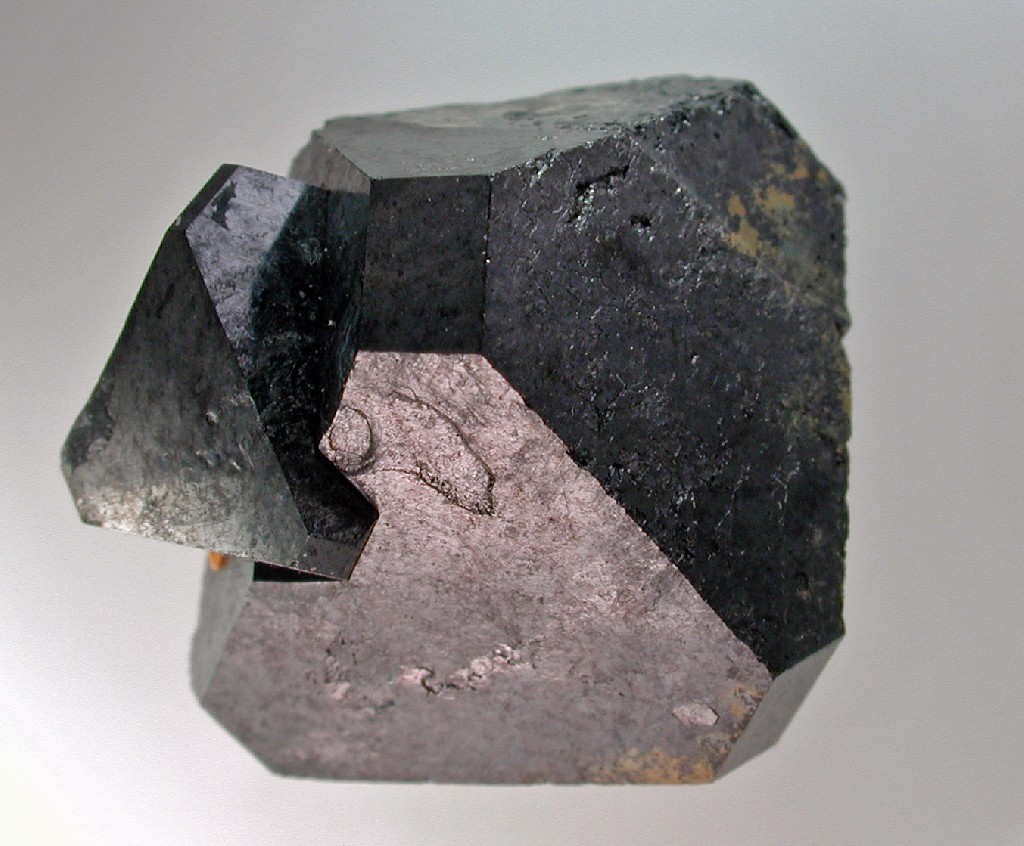There’s a very good chance that Japan can take the lead in the next stage of solar tech development. But there’s a snag. While the research side requires vast resources, Japan has closed ranks around its main players in the space to prevent precious knowhow from leaking.
Two of Japan’s leading actors in the next-generation of solar tech, known as perovskite solar cell (PSC), are actually startups. Some of Japan’s PSC pioneers may seek funding to evolve their R&D into commercial products. Whether investors will be able to step in, however, remains moot. According to NEDO, the state research hub that’s provided funding for almost all Japanese PSC research, there is no ban on foreign investment into domestic PSC players, but those that received grants should be “mindful of national interests”, an official told Japan NRG.
The situation shows the difficulty of pushing through innovation along the lines of the Silicon Valley style, venture capital model. At the same time, Prime Minister Kishida’s Green Transformation (GX) strategy insists that it is private capital that will act as the catalyst for decarbonization in Japan.
Still wary after seeing its global dominance in the prior iteration of solar tech usurped by China, Japan’s caution around PSC is understandable. The tiny market share that Japan retains in world PV sales contrasts with China’s utter dominance of the industry. And yet, working in isolation as a quasi national project does not seem to be a viable option either. It certainly didn’t help the country build its own regional jet or revive the LCD industry. Recently, PM Kishida courted international collaboration as a way to rebuild Japan’s semiconductor chips sector and there were reports of him touting such an approach at the recent G7 Summit. That suggests that the current mystique around the next- gen solar sector could recede in time, allowing private international capital to come in. For investors, what opportunities would this bring?

